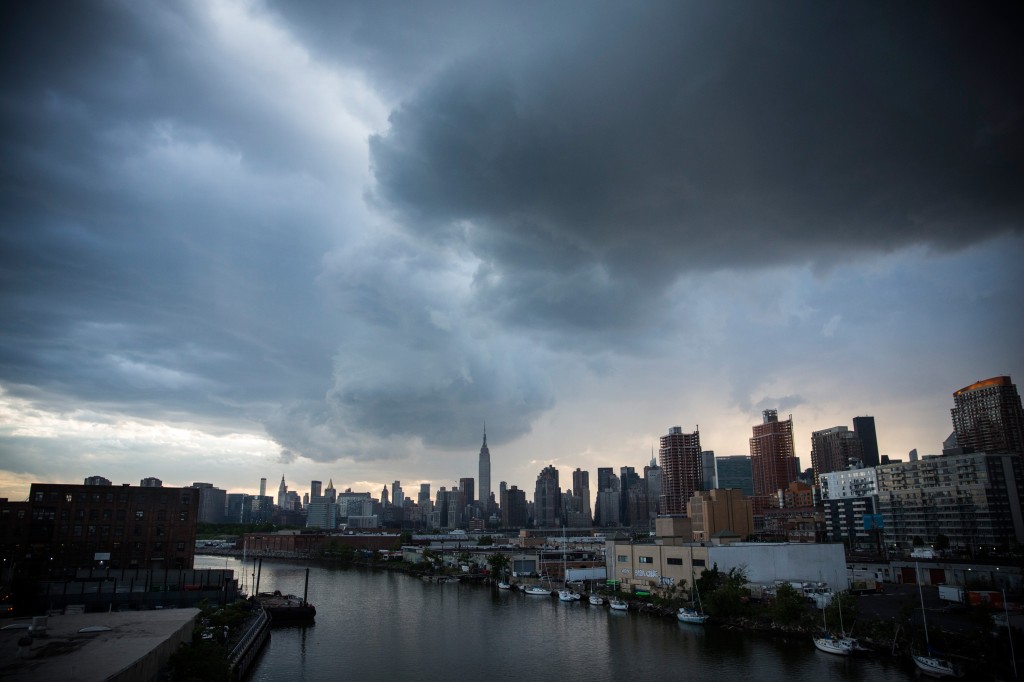Customer grid defection through self-generation and storage not good from societal point of view
Utilities in the US and elsewhere facing rapid rise of solar PVs are more or less unanimous on two remedies to address the revenue erosion challenge facing them:
- First, reducing the incentives to self-generation and
- Second, increasing the fixed charges customers pay.
While adjusting the incentives, be it overly generous feed-in-tariffs (FITs) or net energy metering (NEM) laws, need modifications in many jurisdictions, raising monthly customer fixed fees, especially if excessive, may encourage customers to abandon the grid. That, at least, is the conclusion reached by Morgan Stanley in a recently released report. It says, in part,
“The common wisdom is that adding monthly fees will kill the economics of solar. And while that may be true in some markets with low electricity rates, it could have the opposite impact in some states with above-average rates like California and Hawaii.”
Morgan Stanley warns that high fixed charges could encourage more customers to pair batteries with PV systems and abandon the central electricity system altogether.
On the rise: The Growing Scale of Solar PV by U.S. Sector, 2008–2013
“There may be a ‘tipping point’ that causes customers to seek an off-grid approach — higher fixed charges to distributed generation customers are likely to drive more battery purchases and exits from the grid.”
The study examined a scenario in California where utility bills increase by 5% a year, solar reaches a 20% penetration and monthly fees on solar customers reach 50% of the average customer’s bill.
Under such a scenario, a residential bill could reach 26 cents/kWh by the end of the decade, which is higher than if a solar plus energy storage system supplied all of a consumer’s electricity needs.
“Over time, many U.S. customers could partially or completely eliminate their usage of the power grid. We see the greatest potential for such disruption in the West, Southwest, and mid-Atlantic.”
Morgan Stanley, of course, is not alone in predicting future scenarios with potential customer defection. A recent analysis by the Rocky Mountain Institute also concluded that more than 20 million residential customers in parts of the US could “find economic advantage” in solar + storage systems by 2024 under a moderate technology improvement scenario.
Such predictions spook utility executives and regulators alike as they ponder how the industry will be able to maintain reliable and affordable service to customers who remain dependent on the network while significant numbers self-generate, the topic of this issue’s lead article.
Not a pleasant scenario if you are a utility executive or industry regulator
Morgan Stanley is bullish on improvements to lithium-ion batteries, which could fall to $150-200/kWh in the coming years. Tesla’s investment in its Giga factory to mass produce batteries make such a scenario seem plausible.
“For every $25/kWh reduction in the cost of lithium-ion batteries, we estimate the all-in cost of power to customers falls by about $.01, or about 15% of the residential customer price for grid charges,” Morgan Stanley concluded.
By 2028, Tesla could enable as many as 3.9 million customers to own EVs and/or batteries – that would mean that roughly 8% of US homes would have the capability to store one hour of electricity, according to the report.
Rising solar penetration
While studies such as this has a sobering effect – it focuses the mind – many experts do not envision mass customer defections any time soon, even if storage technology improves and its costs decline. There are many deciding factors that could prevent full defection, including convenience, capital cost and trust in the technology, Morgan Stanley says.
Others, this editor included, agree. Fixed charges would have to rise to punitive levels before most consumers would wish to cut the cord. Moreover, solar + storage system that matches the level of reliability and power quality provided by current grid will be atrociously expensive when viewed from a societal perspective.
Relying on the existing grid, for which all customers have paid dearly, is likely to be more practical and economical. Which is one more reason why the industry and its regulators should think twice before raising fixed charges to excessive levels.
Published Originally in EEnergy Informer: The International Energy Newsletter September 2014 Issue.




